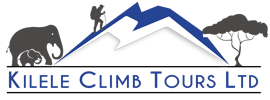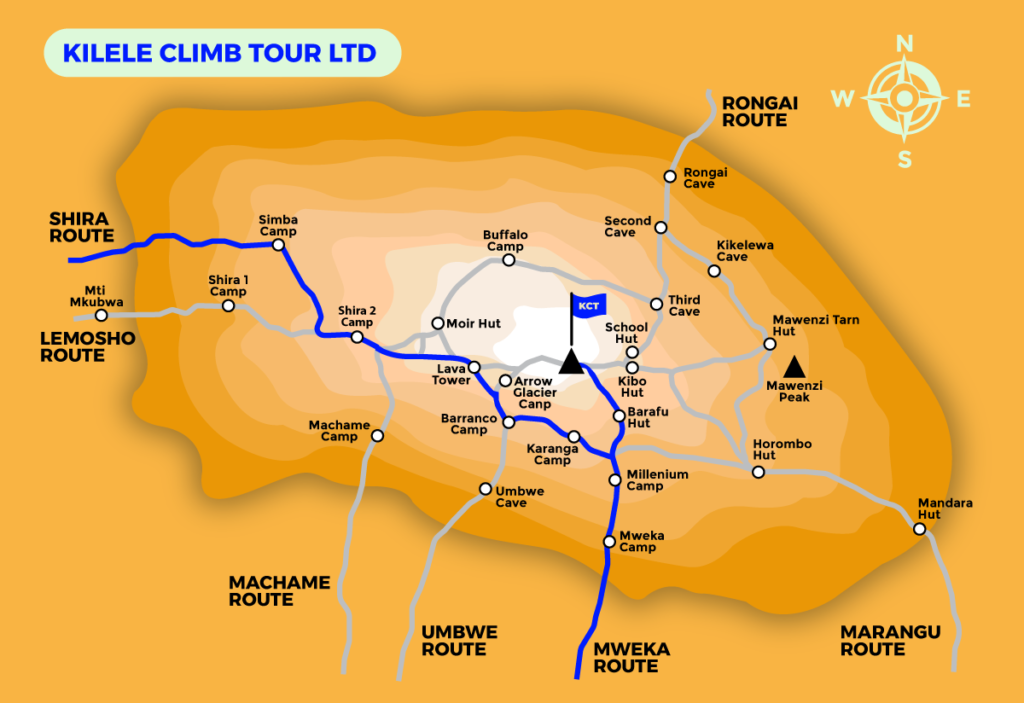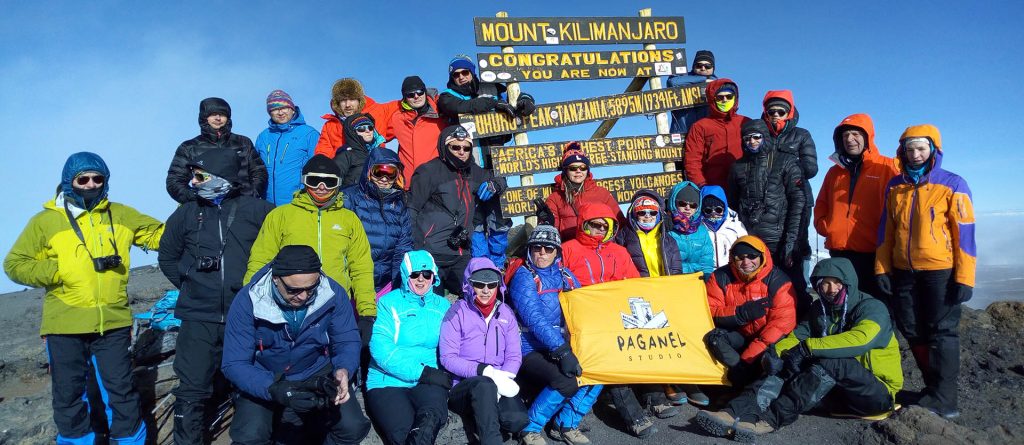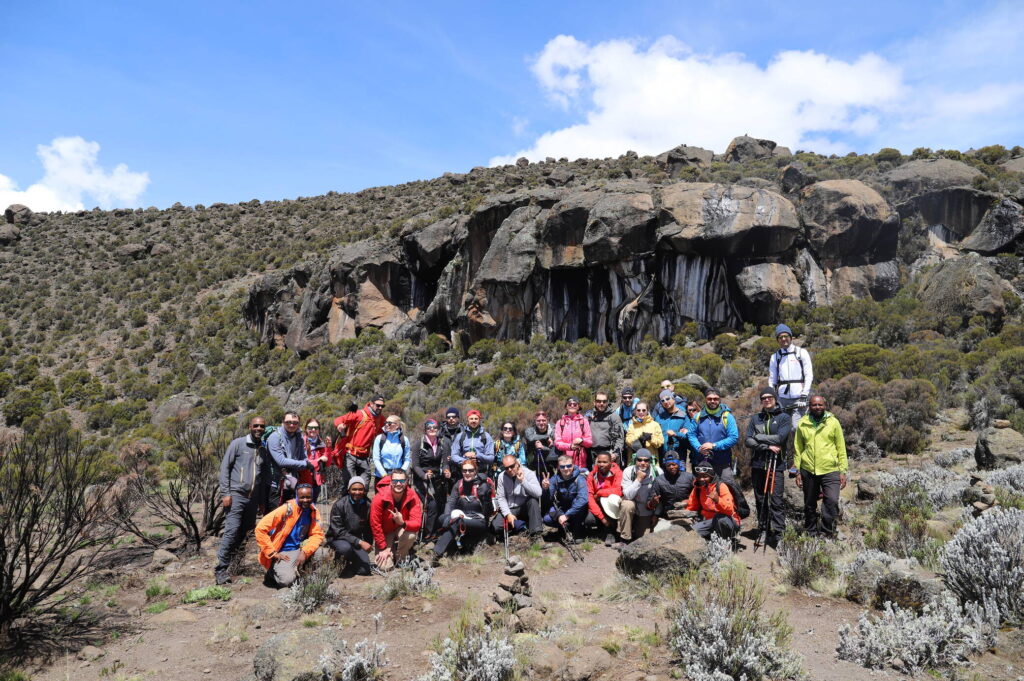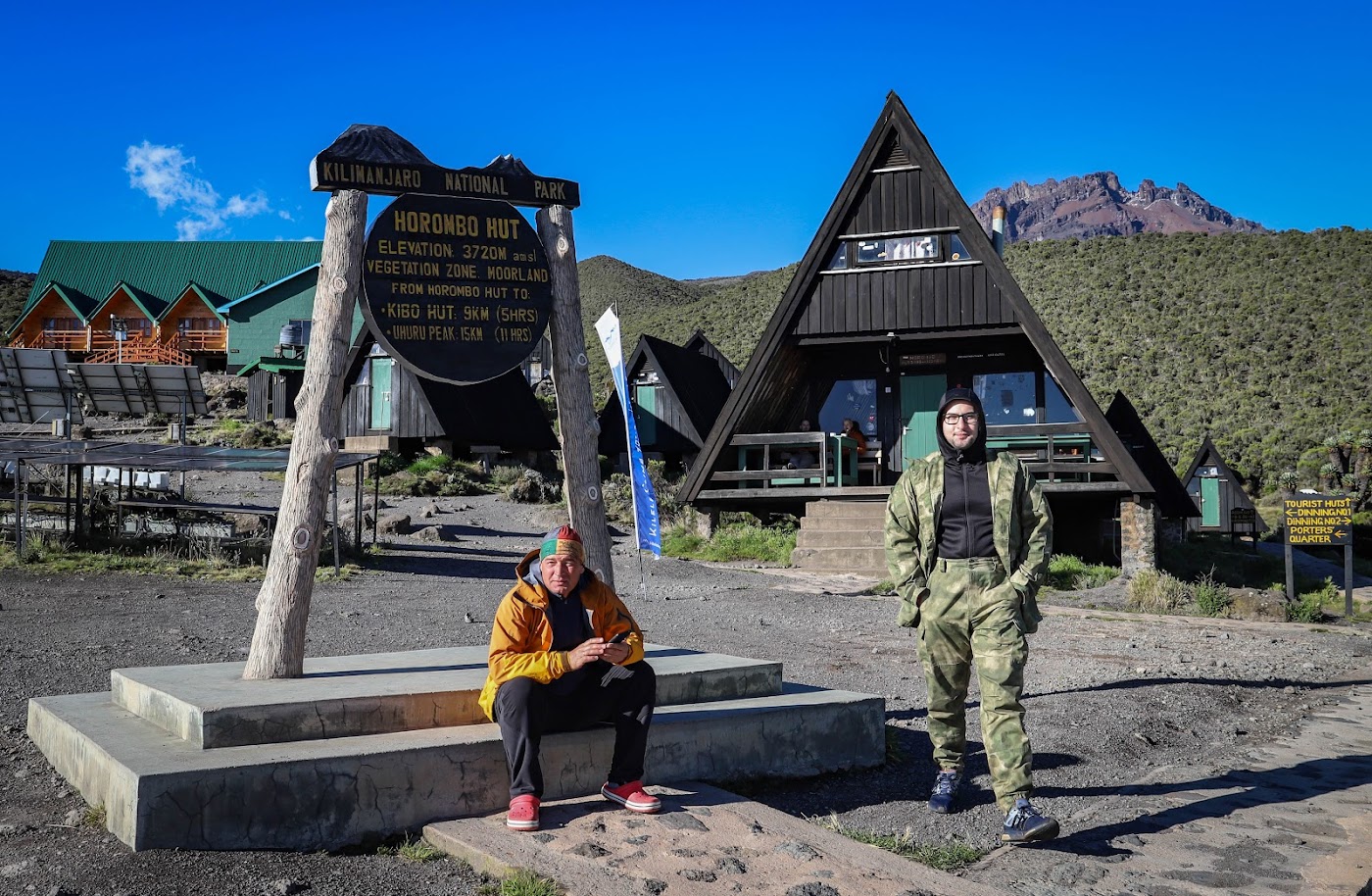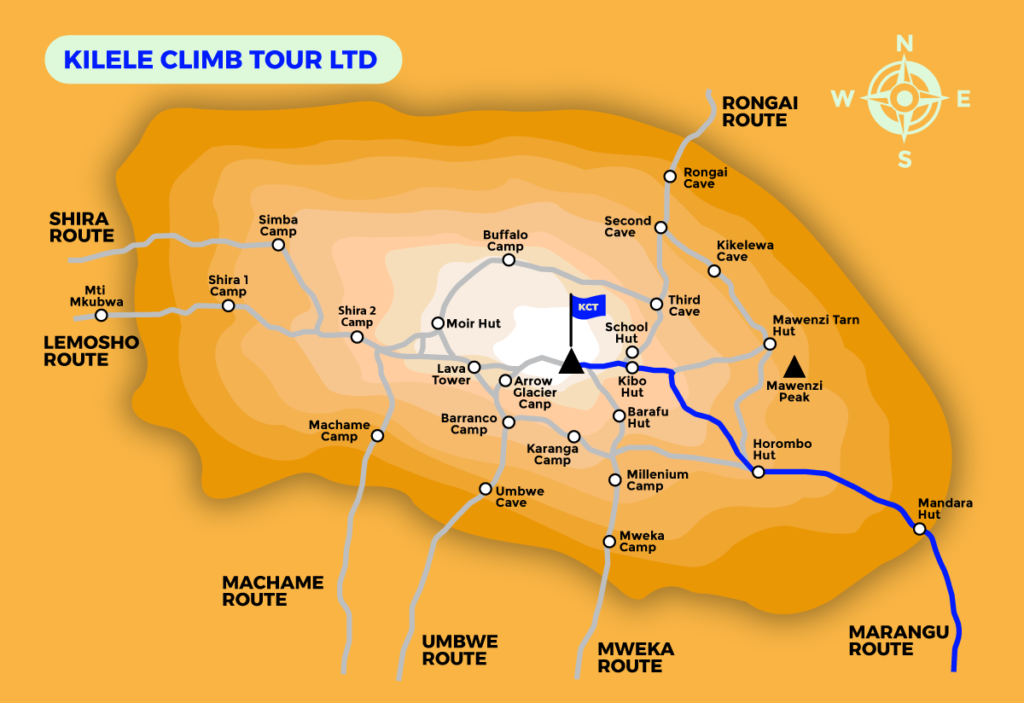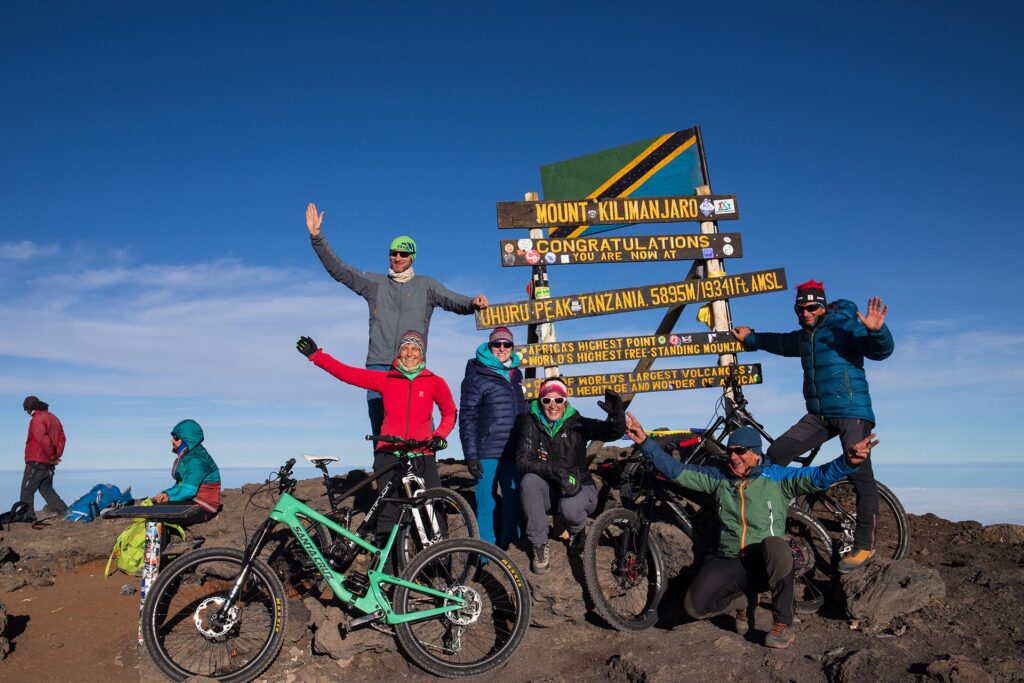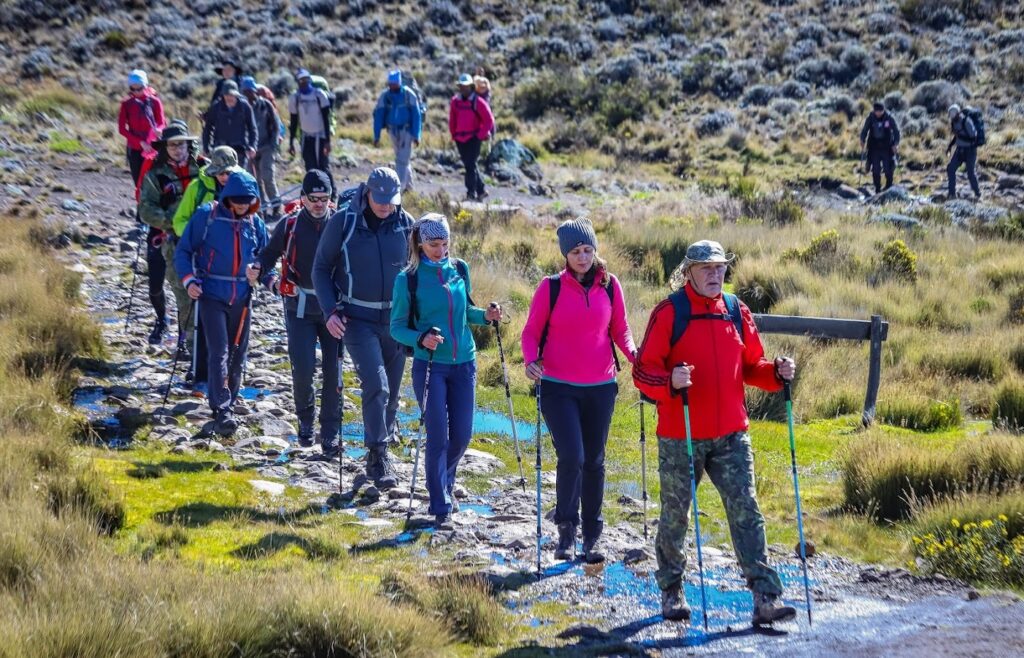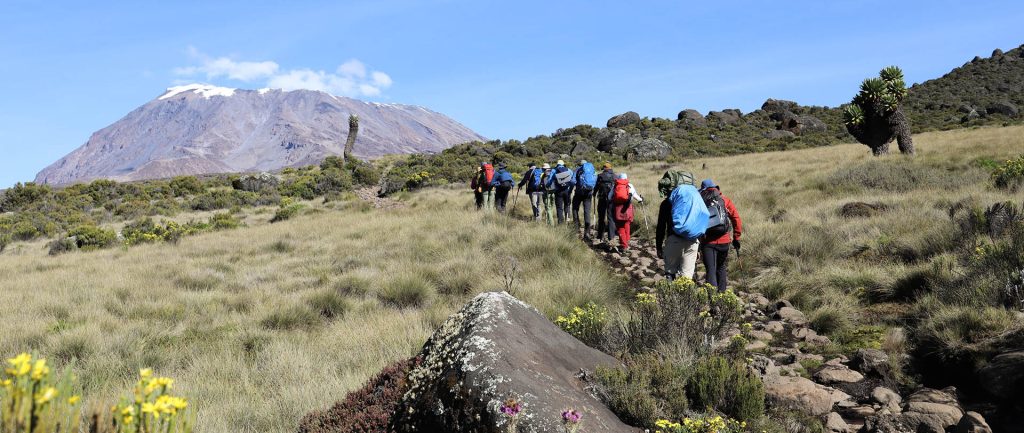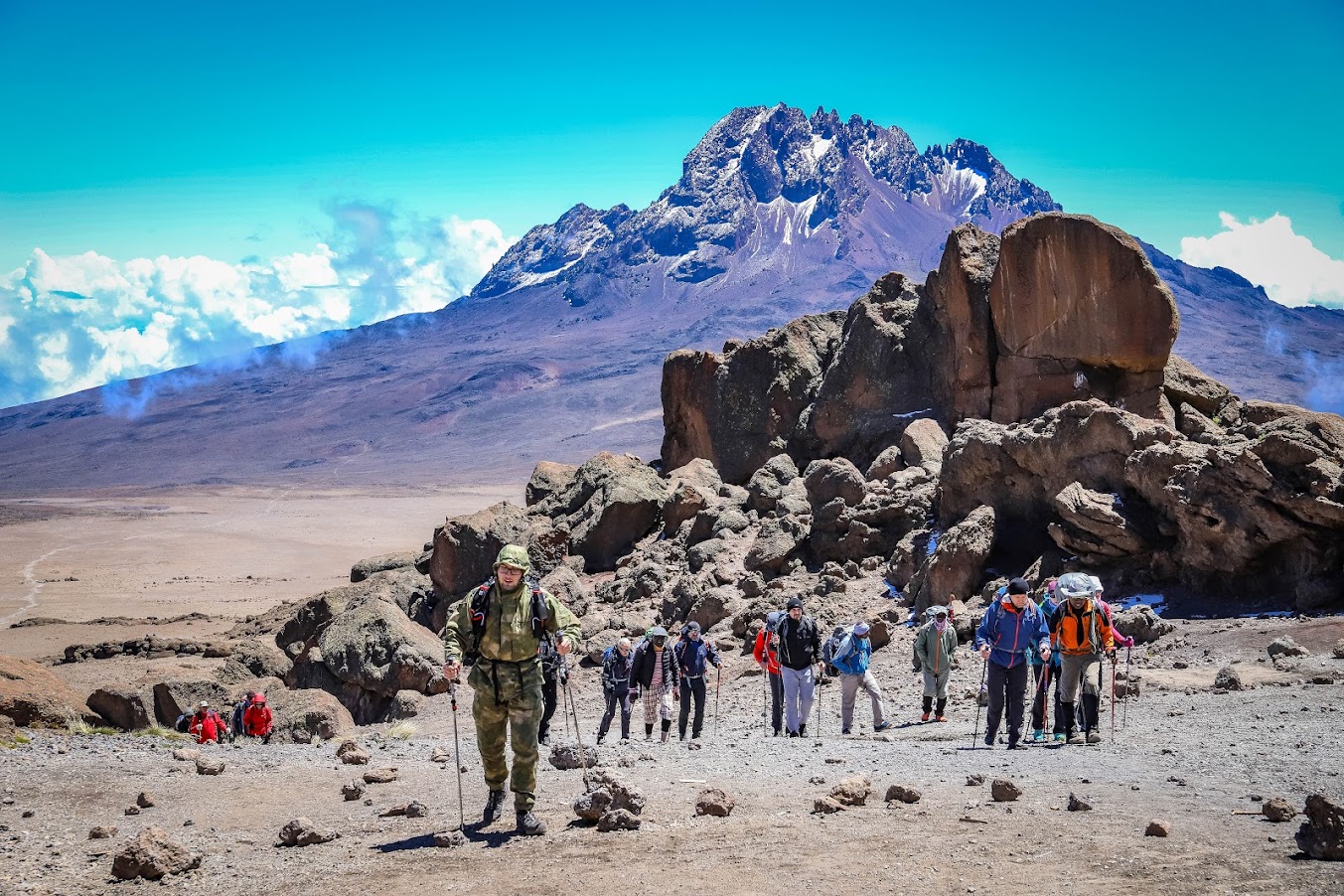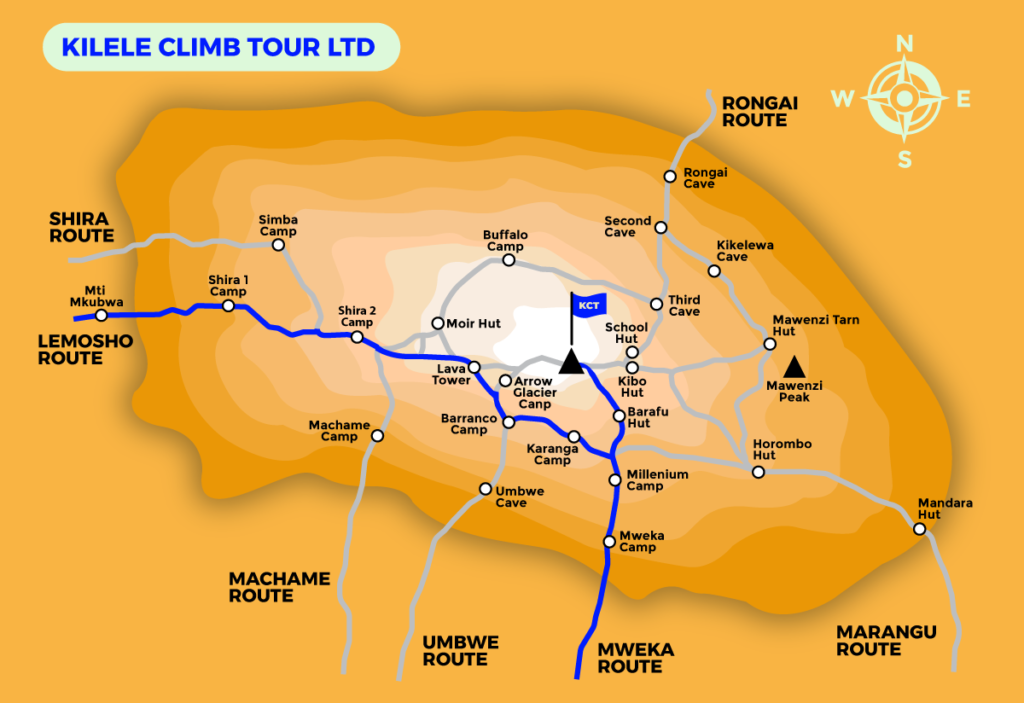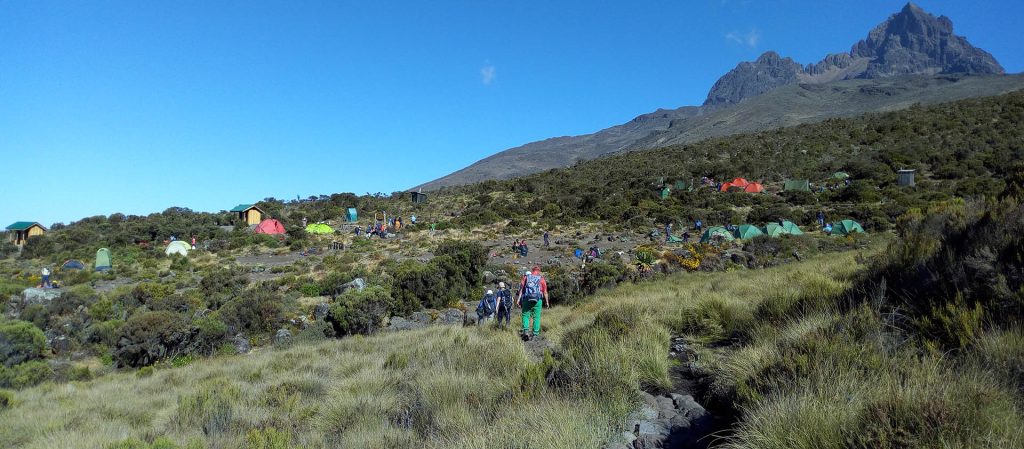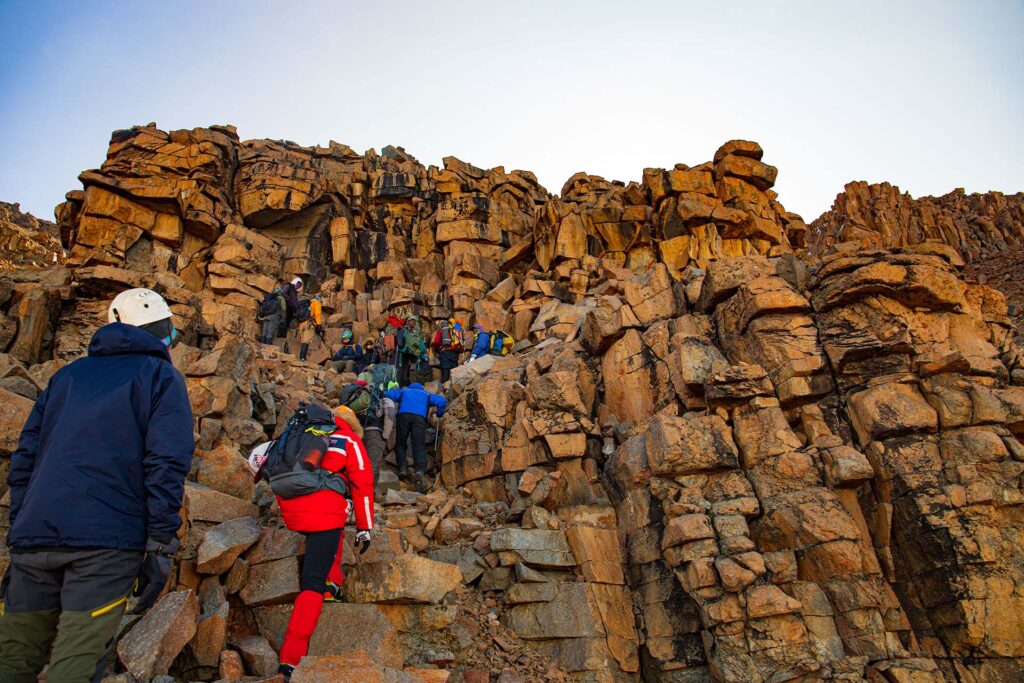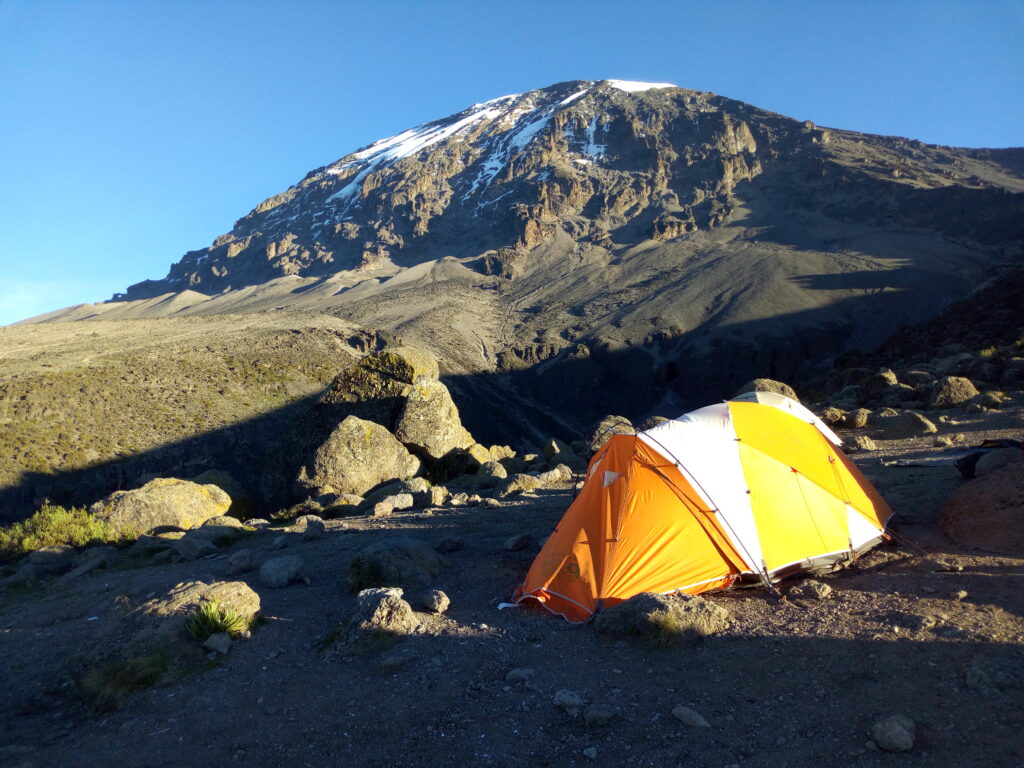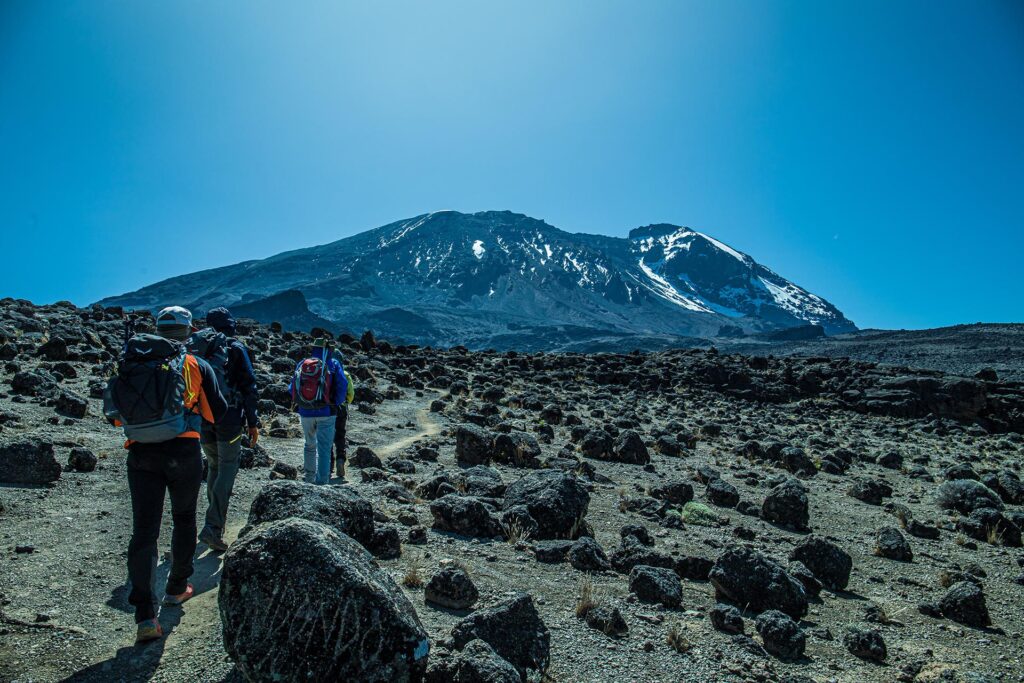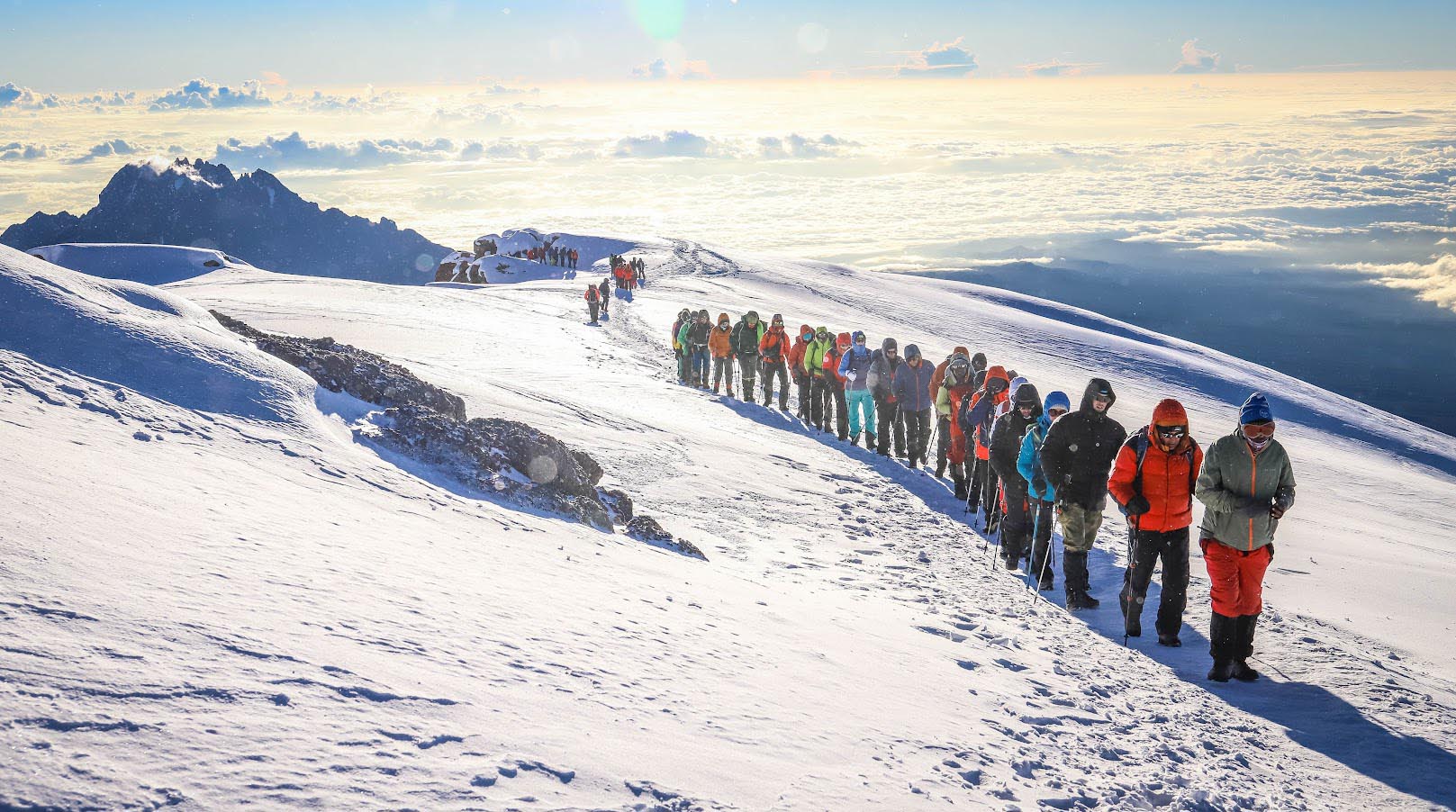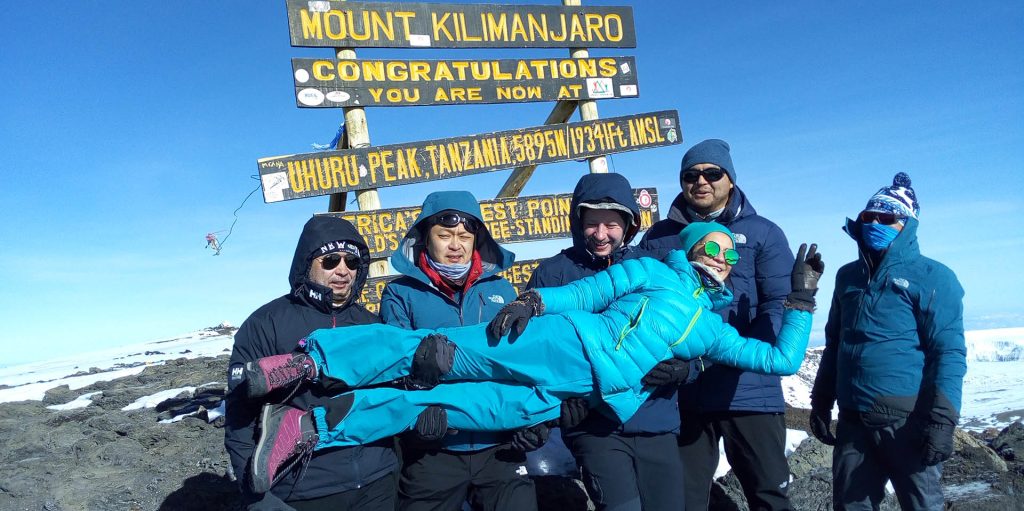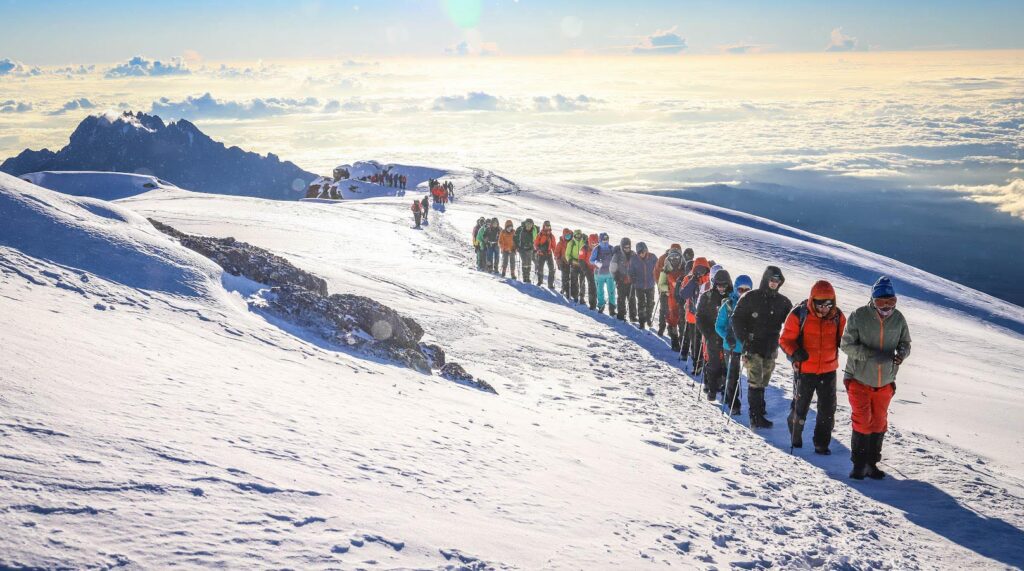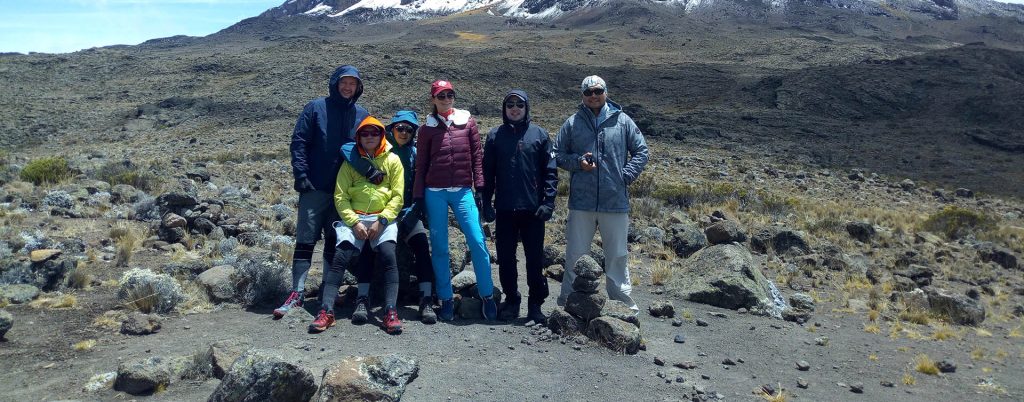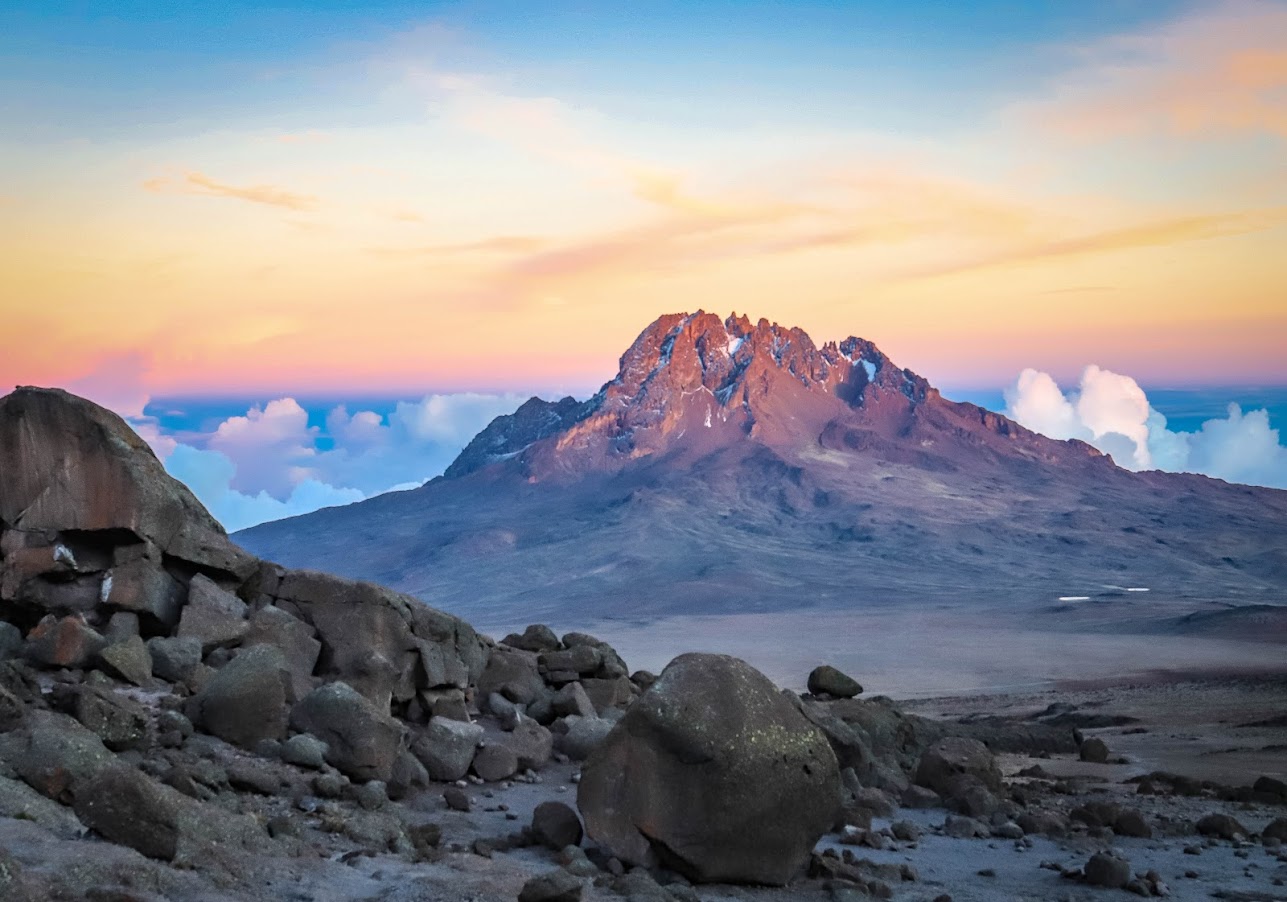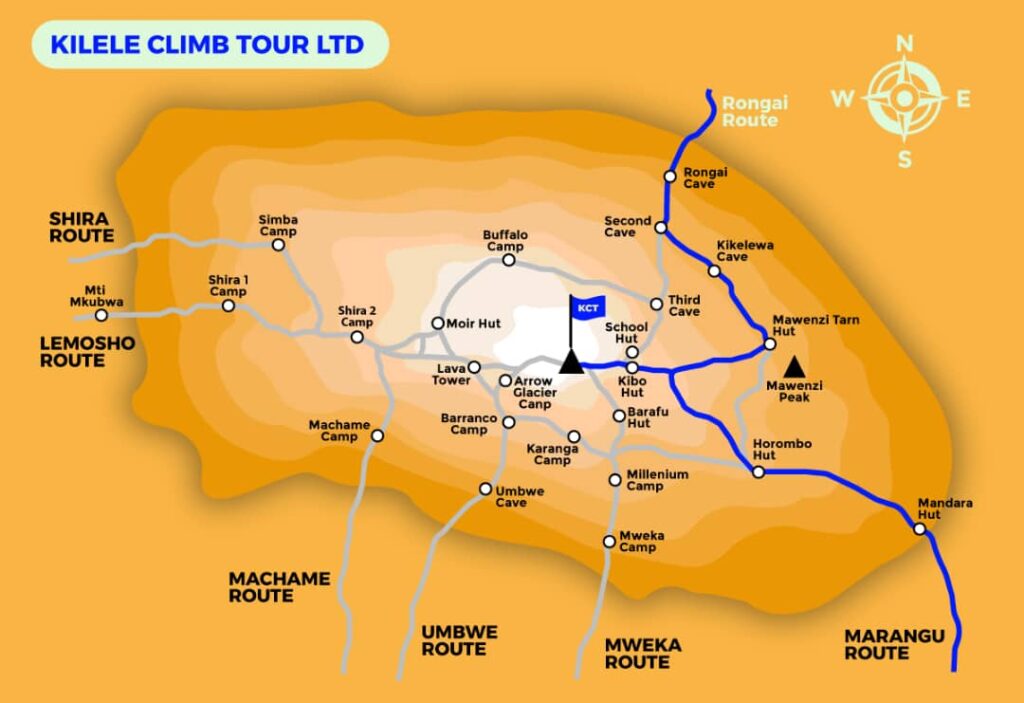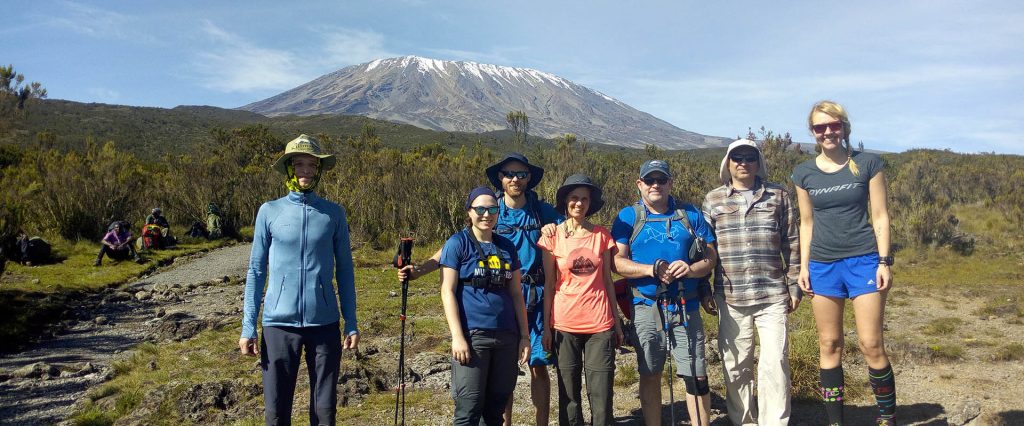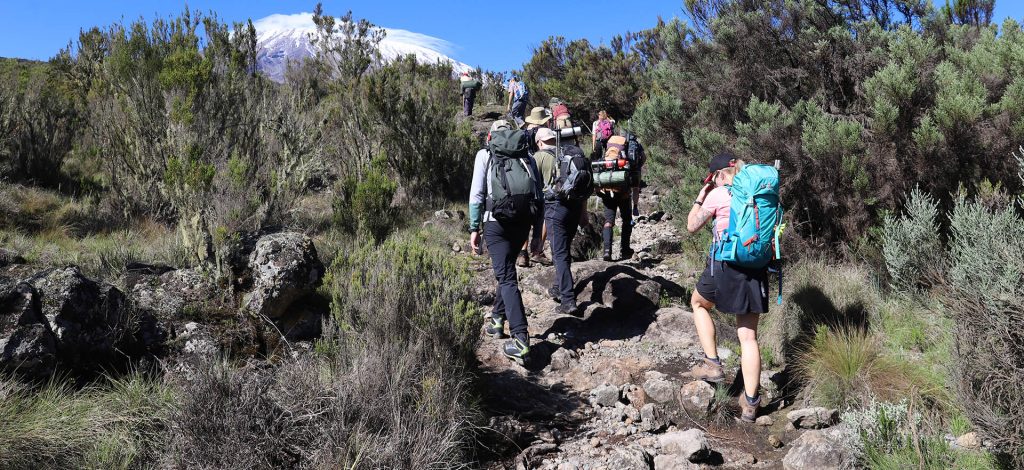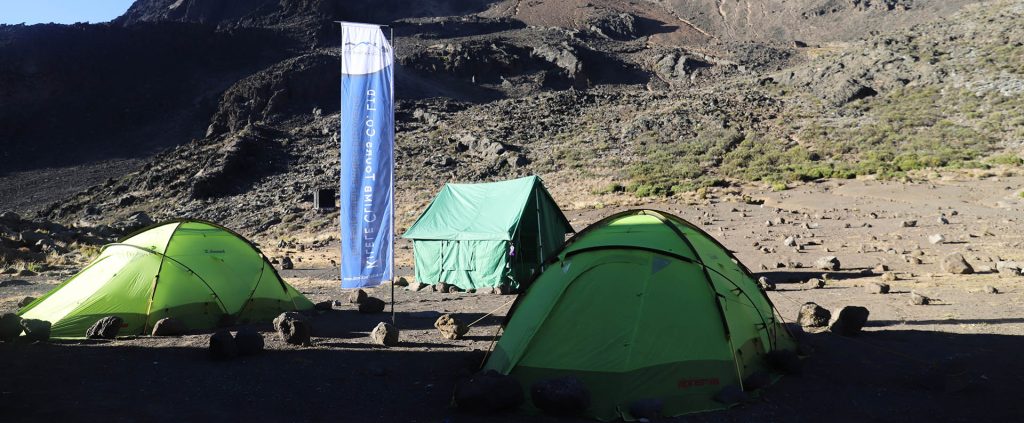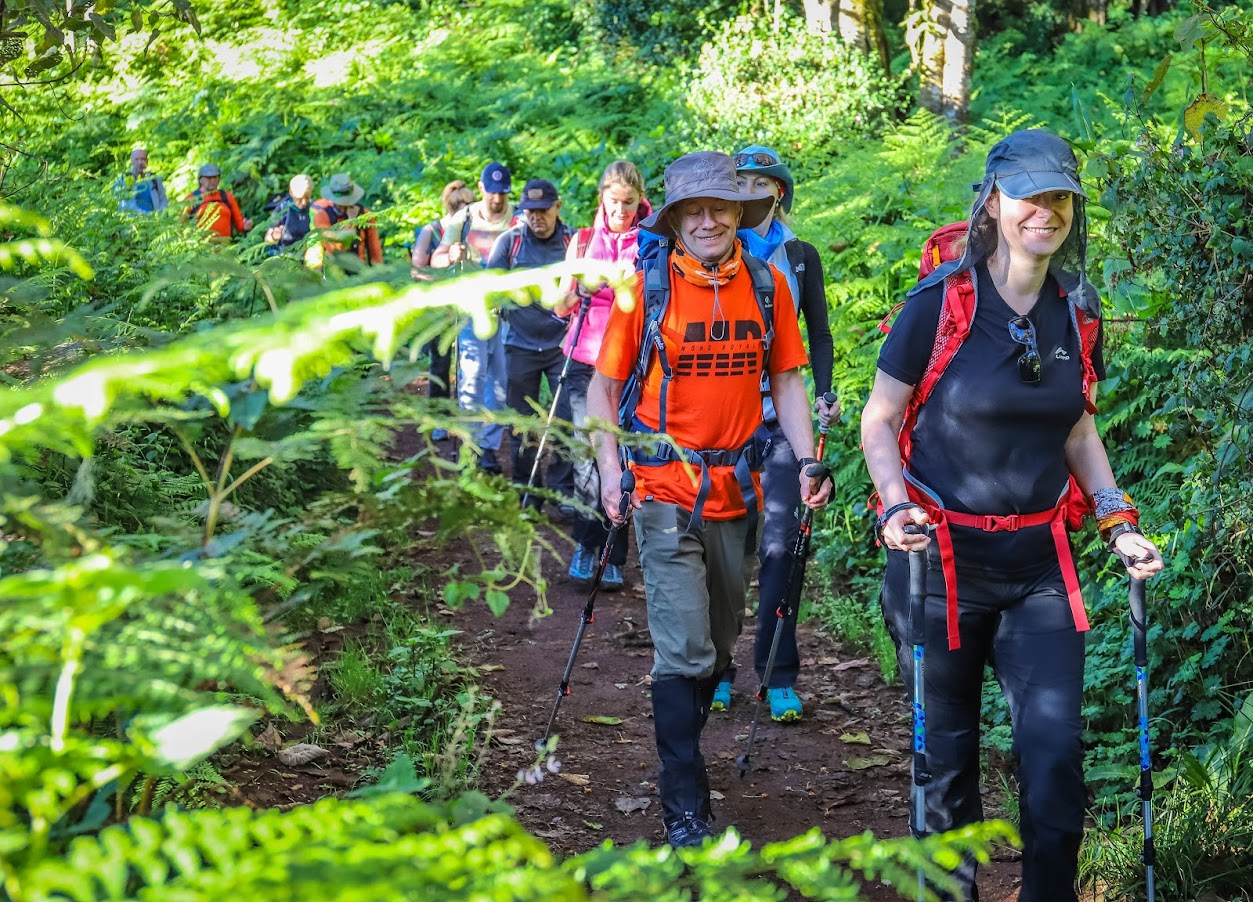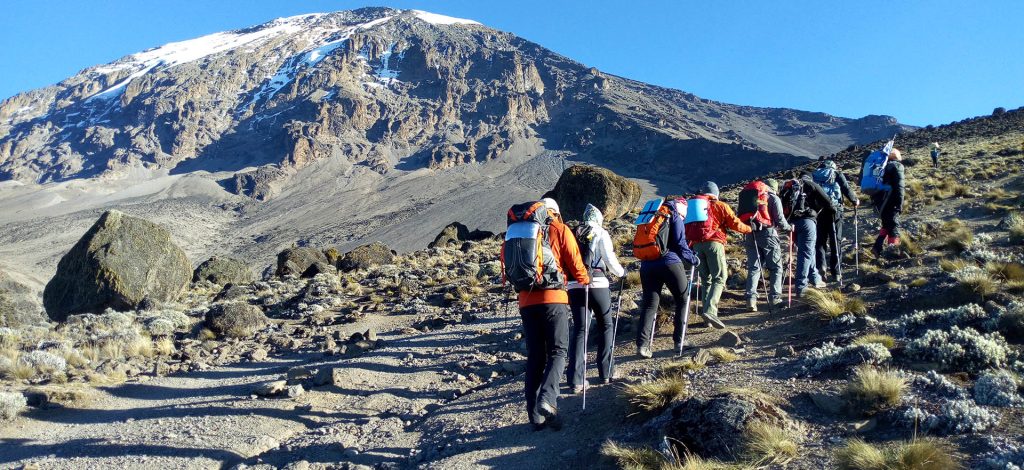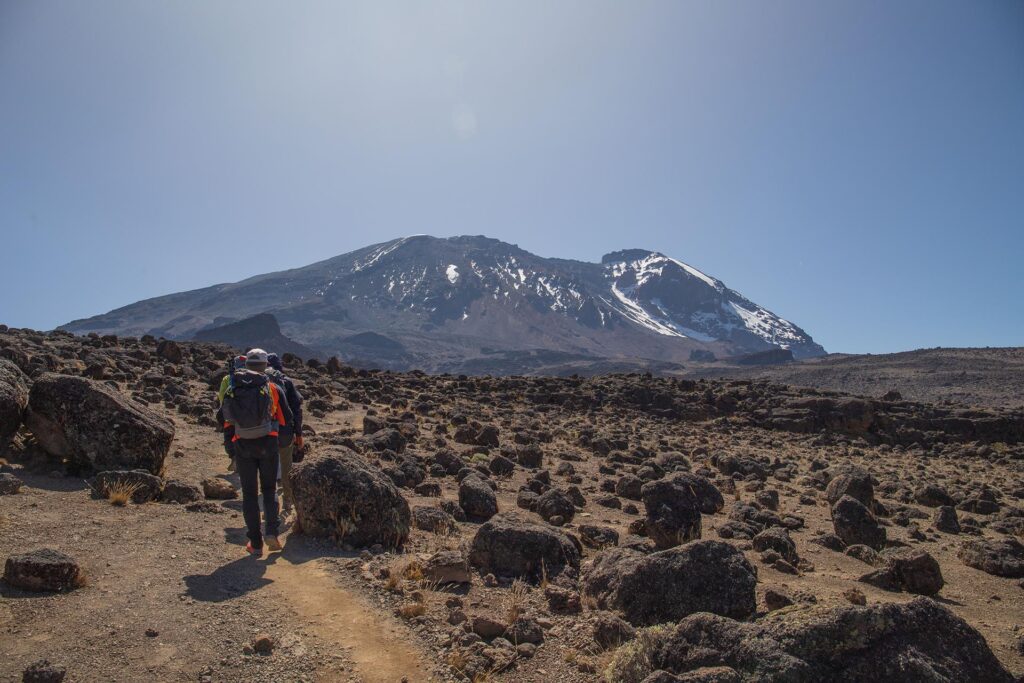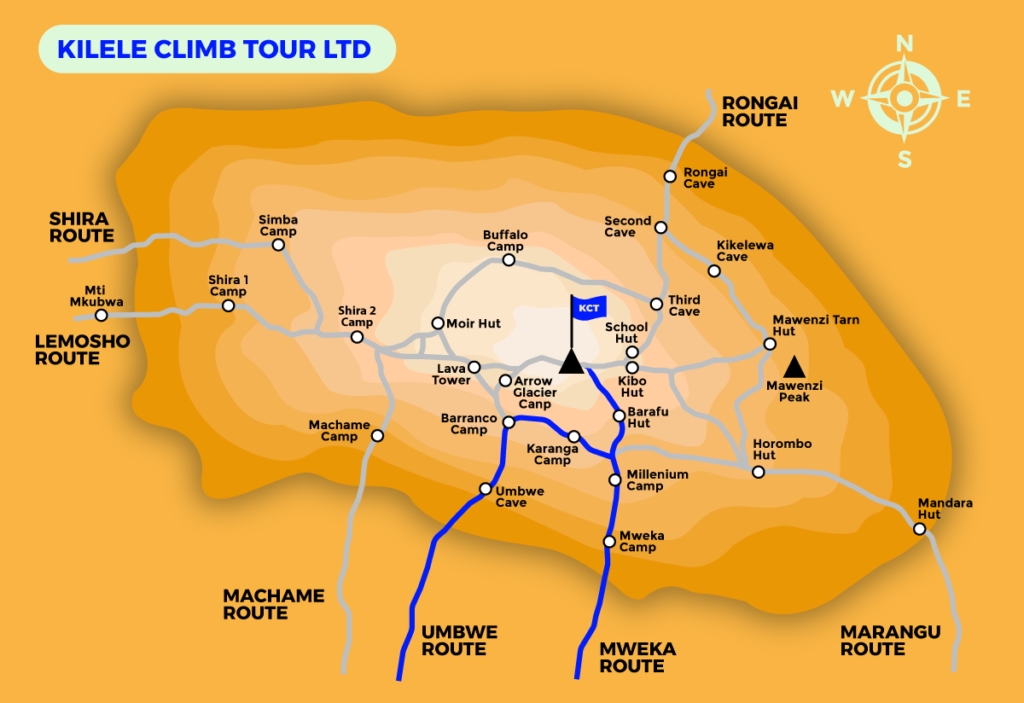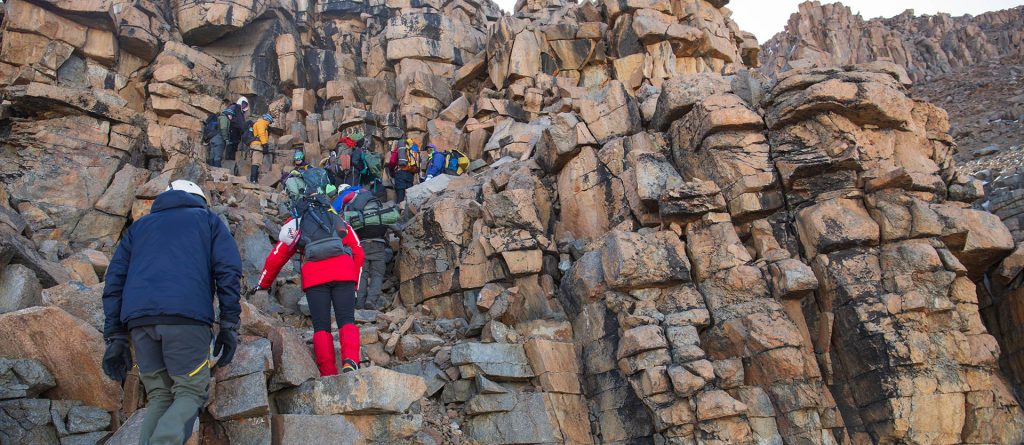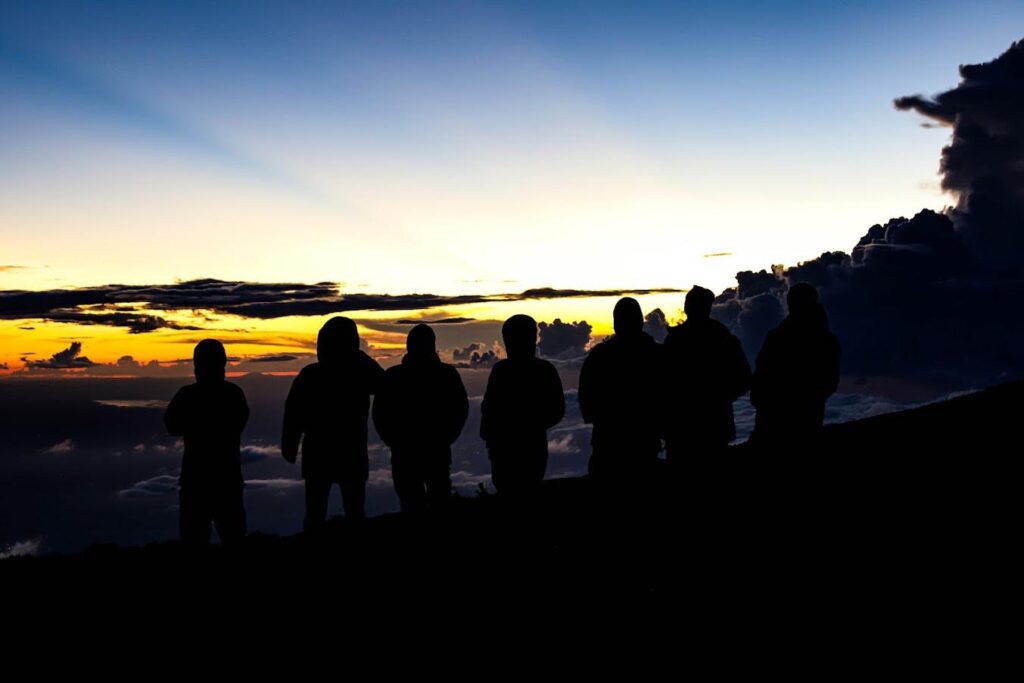- Location: Arusha City
- Budget Hotel: Arusha Green Mountain | Arusha Center Inn | Arusha Tourist Inn | Natron Palace Arusha
- Mid-range: Ilboru Safari Lodge | Arusha Planet Lodge | Pazuri Inn | Masailand Safari Lodge
- Luxury: River Tree Lodge | Mount Meru Hotel | Four Point by Sheraton Arusha
- Luxury Plus: Gran Melia Lodge | Arusha Serena Hotel, Resort & Spa | Arusha Coffee Lodge | Kili Villa
- Location: Lake Eyasi
- Budget Camping: Lake Eyasi Campsite
- Mid-range: Tindiga Tented Camp | Lake Eyasi Safari Lodge
- Luxury: Ziwani Lodge | Kisima Ngeda Tented Lodge
- Location: Tarangire National Park
- Budget Camping: Tarangire Public Campsite | Zion Campsite
- Mid-range: Lake Burunge Tented Lodge | Sangaiwe Tented Lodge | Tarangire Safari Lodge
- Luxury: Maramboi Tented lodge | Tarangire Simba Lodge | Tarangire Sopa Lodge
- Luxury Plus: Tarangire Kuro Treetops Lodge | Tarangire Lemala Mpingo Ridge Lodge
- Location: Karatu
- Budget Camping outside the Park: Fanaka Safaris Campsite & Lodges | Migombani Camp
- Mid-range: Marera Valley Lodge | Eileen’s Tree Lodge | Ngorongoro Marera Mountain View Lodge | Karatu Simba Lodge | Ngorongoro Farm House
- Luxury: Ngorongoro Coffee lodge | Kitela Lodge | The Retreat At Ngorongoro
- Luxury Plus: The Manor at Ngorongoro | Oldeani Mountain Lodge | Neptune Ngorongoro Luxury Lodge
- Location: Central Serengeti (Seronera Area)
- Budget Camping: Seronera Public Campsites
- Mid-range: Serengeti Heritage luxury Tented Camps | Kati Kati Tented Lodge | Seronera Wildlife Lodge
- Luxury: Kubu Kubu Tented Lodge | Serengeti Serena lodge | Lemala Ewanjani Tented Camps | Lemala Nanyukie
- Luxury Plus: Four Season Lodge | Ole Serai Luxury Camp | Serengeti Lake Magadi Lodge
- Location: North Serengeti (Kogatende Area)
- Budget Camping: Lobo Public Campsite
- Mid-range: Mara Heritage luxury Tented Camps | Mara Kati Kati Tented Camp | Lobo Wildlife Lodge
- Luxury: Mara Mara Tented Lodge | Mara Under Canvas
- Luxury Plus: Lemala Kuria Hills | Ole Serai Luxury Camp-Kogatende | Singita Mara River Tented Camp
- Location: Ngorongoro NCAA
- Budget Camping: Simba Public Campsite
- Mid-range: Ngorongoro Rhino Lodge
- Luxury: Sopa Ngorongoro | Serena Ngorongoro | Ngorongoro Lions Paw Camp
- Luxury Plus: Ngorongoro Lodge Meliá Collection
- Location: South Serengeti (Ndutu Area)
- Mid-range: Ndutu Heritage luxury Tented Camps | Ndutu Kati Kati Tented Camp
- Luxury: Lake Masek Tented Lodge | Ndutu Safari Lodge | Lemala Ndutu tented Lodge | Serengeti Woodlands Camp
- Luxury Plus: Lake Ndutu Luxury Lodge
- Location: Zanzibar Beach
- Mid-range: Langi Langi Beach Bungalow | Kendwa Rocks Beach Hotel | Amani Bungalow Resort
- Luxury: Bluebay Beach Resort & Spa | Breezes Beach Club & Spa | Meliá Zanzibar
- Luxury Plus: Essque Zalu Zanzibar | Baraza Resort & Spa | Konokono Beach Resort
